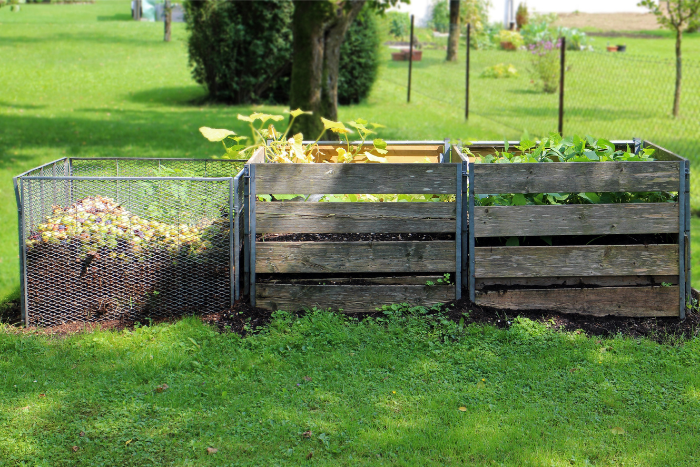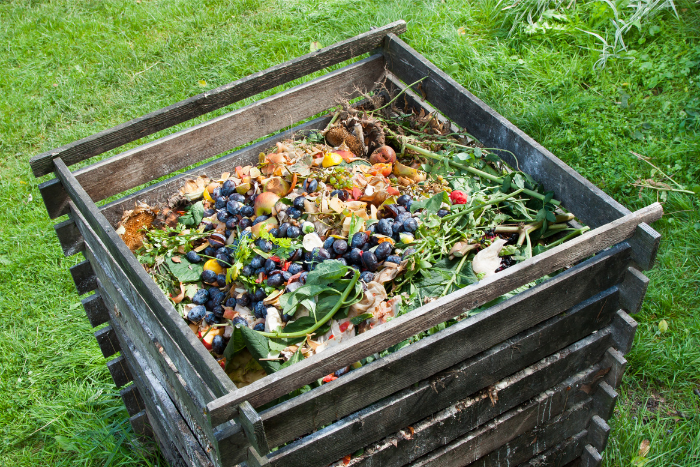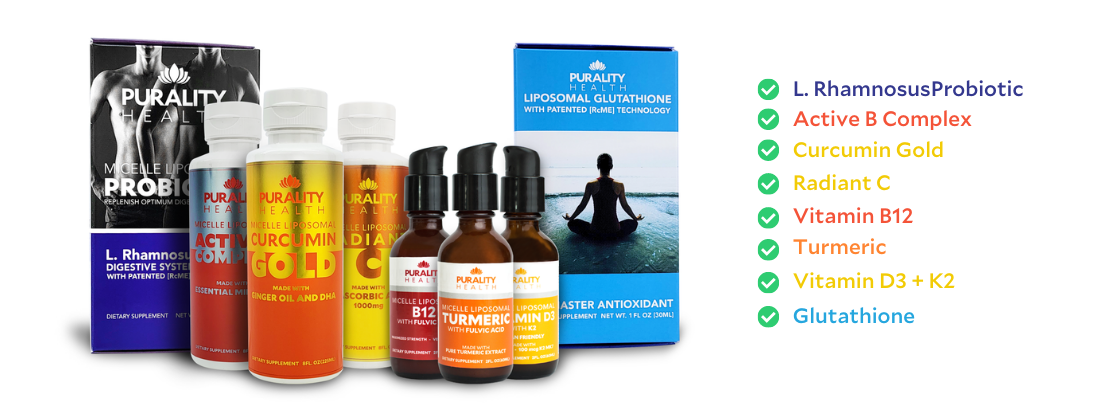Part of living a healthy lifestyle means taking care of the environment around you, helping it to be the healthiest version of itself as well. Composting can help with this!
If you’re eating a lot of fruits and vegetables, you may find yourself with a lot of scraps. But composting doesn’t just mean banana peels and potato skins. As you’ll learn in today’s blog, you can compost all sorts of things instead of throwing it away.
Let’s jump right in and learn about composting, along with how you can start doing it yourself at home!
What is compost?
Compost is a mixture of ingredients used to fertilize and improve the quality of soil. It’s typically made of unwanted food and plant materials, like kitchen scraps or lawn trimmings. These decompose over time, providing the soil with a mixture of beneficial organisms and nutrients that help plants grow.
Composting involves intentionally gathering these materials for the purpose of benefiting the soil in your backyard or community.
There are many reasons why you might want to compost, including:
- Waste reduction – Composting allows you to recycle kitchen scraps instead of tossing them. This reduces food waste and helps minimize your environmental impact.
- Soil enrichment – Compost helps soil retain moisture and nutrients, preventing soil degradation.
- Lower need for synthetic fertilizers – Unlike many synthetic fertilizers, compost is free of harmful chemicals and adds organic material to your soil.
In most cases, composting is quite easy and only requires a few simple steps. But before we get into those, let’s take a look at what you can and cannot compost.
What can you compost?
Some communities have composting programs set in place. In such a case, refer to their composting guidelines as it may differ in your municipality for various reasons.
However, generally speaking, it’s similar in most regions.
Here are some things that you can compost:
- Fruit and vegetable peels and scraps
- Rotten fruit and veggies
- Houseplant trimmings
- Coffee grounds and paper filters
- Tea leaves
- Eggshells
- Nutshells (apart from walnuts)
- Hair and fur
- Paper, cardboard, and shredded newspaper
- Napkins, paper towels, and unused toilet paper
- Grass clippings
- Leaves
- Flowers
- Sawdust
- Wood chips
Here are some things that you cannot compost:
- Pet waste – Feces or litter may contain harmful bacteria or parasites.
- Bones or scraps from meat, fish, and poultry – These produce odors and attract pests.
- Dairy products – These produce odors and attract pests.
- Leaves or twigs from black walnut trees – These release a compound that’s toxic to plants.
- Walnuts or walnut shells – These release a compound that’s toxic to plants.
- Coal ash or charcoal – These also contain compounds that may harm plants.
- Large pieces of wood – May take a long time to decompose.
- Fat, cooking oil, and grease – These produce odors and attract pests.
- Pesticide-treated lawn trimmings – Residual pesticide may kill microorganisms needed for the composting process.
- Coffee pods – Most coffee pods contain plastic and don’t break down naturally.
- Baked goods – May attract pests and increase the growth of harmful bacteria.
- Plants that are diseased or infested with insects – These may further spread the disease or infestation.
How to start composting at home
Now that you have the why and the what, let’s get into the how.
1. Create your compost pile
The very first step to composting is deciding where you want it to go.
If you have a backyard, you may decide to dedicate a corner to this effort. You can begin your compost pile on the bare earth or in a bin.
Regardless of which you choose, you want to make sure it’s in a location with partial shade and plenty of drainage. Select a spot that is out of the way of animals, including pets.
You also want your compost pile or bin to be at least 3 feet (91 cm) in width and height. This is a manageable size and ensures that the pile can retain heat, which occurs naturally as the bacteria breaks down the organic materials.
Build up some scraps in a container in your fridge before starting your compost so that you have enough to make it a good size. Do the same with lawn trimmings, twigs, and leaves.
You can also purchase a compost tumbler, a rotating bin which makes it easier to mix your materials.
2. Begin adding materials
Now that you’ve chosen your spot, it’s time to add your materials. It’s generally recommended to layer brown materials and green materials.
Brown materials refers to items like branches, paper, straw, and wood chips.
Green materials refers to food and yard scraps.
Start first with a layer of bulky brown materials, about 4-8 inches (10-20 cm), to establish a nice base for drainage and aeration. Then add a layer of green materials, alternating until your bin is full. Add a bit of water in with each layer to keep it moist.
Layering isn’t necessary, but recommended so that you have the proper amount of materials for the composting process to be done effectively. If you’re a first-time composter, it’s best to start out this way.
3. Turn the pile regularly
Generally speaking, you should start out by turning your pile once every 4-7 days. As the compost matures, you may not need to do it as often.
Do so by using a shovel or pitchfork to rotate the materials so that air and moisture are distributed evenly.
While the pile should stay moist from the rain, if you’re not getting much rain and your pile looks dry, be sure to add some water yourself. If the pile is too wet and soggy, add more brown materials to help soak it up.
4. Use your compost
How long your materials take to fully decompose depends on many factors such as climate, pile size, materials used, moisture, and more. As a result, full decomposition can take anywhere from a few weeks to an entire year.
Regularly turning the pile, keeping it moist, and adding smaller scraps can help speed up the process.
When the process is finished, your compost should be dark brown and crumbly with a rich, earthy smell. It should be free of large chunks and be much like soil.
Once it’s at this stage, you can use it!
Mix it with potting soil, sprinkle it over your garden, or use it to replace mulch.
Can you compost in an apartment?
Yes, you can compost in an apartment, especially if you have a balcony where you can place a bin.
You can also save up scraps and have them picked up by your municipality or drop them off at a local composting center. Local farms and community gardens may also accept these.
Caring for the environment
It’s important to take care of not just ourselves, but everything around us. This can be on a small or large scale.
Here at Purality Health, we use BPA-free PET plastic bottles that are recyclable. We also use plant-based, biodegradable packing peanuts that you can even compost if you’d like!
On top of that, we source organic ingredients when possible and are mindful of their origin. For example, we’ve made sure that the coconut oil which makes up the organic glycerin (natural sweetener) in many of our products is orangutan-friendly and not contributing to the deforestation of their natural habitat.
To see the entire line-up of our all-natural, highly-absorbable products, click here!

